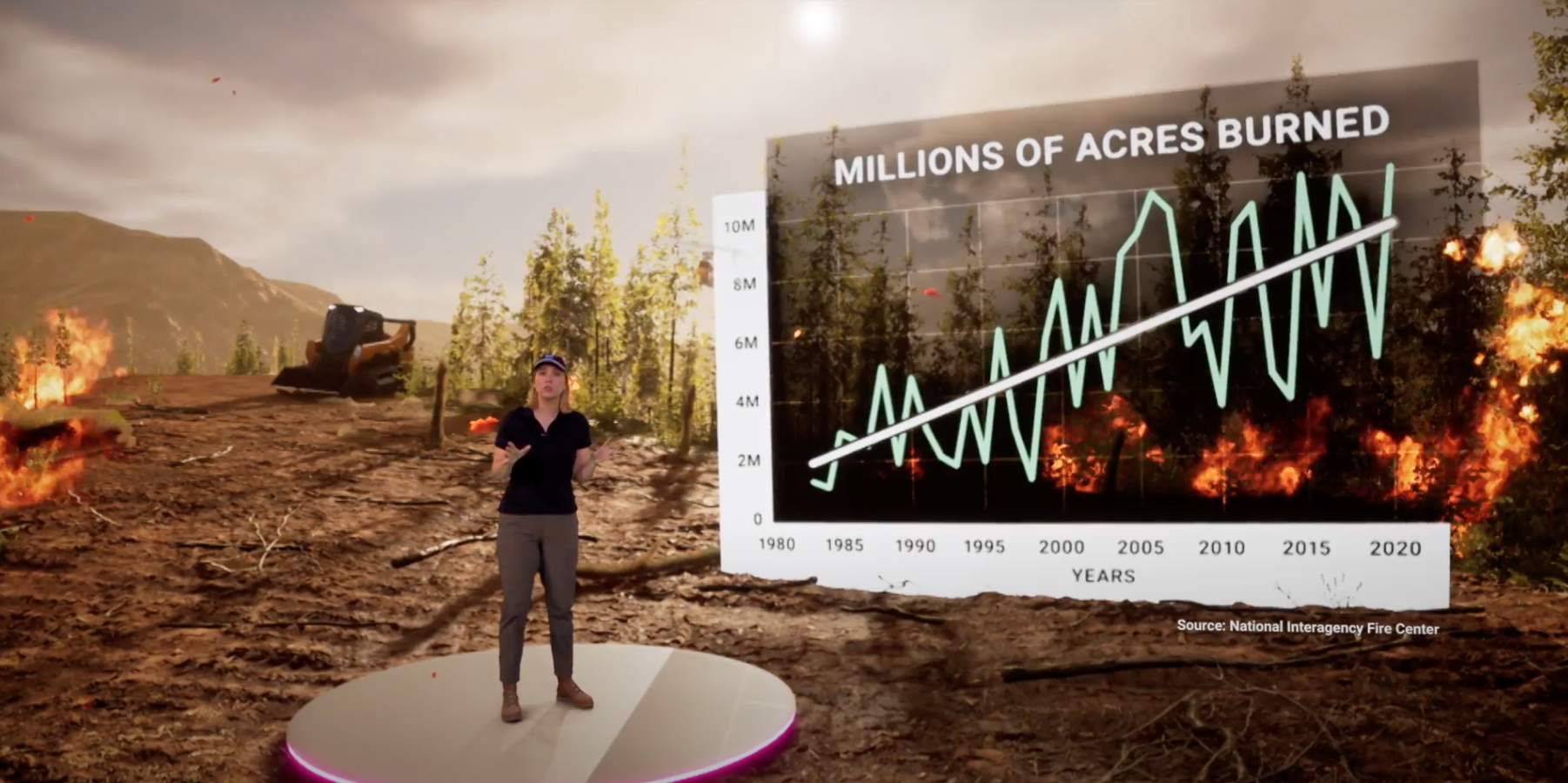The Weather Channel: Advertisers Reap Rewards With Branded Content

At first blush, it might seem like The Weather Channel is limiting its revenue potential with a requirement that branded content messaging on the network must relate to the weather in an organic way. But advertisers that have found the connection have reaped rewards.
It all has to do with how the branded storyline is developed. "Everything that comes through our branded content partnership team has to include a storyline that relates to weather," said Jason Hermes, Vice President, Branded Entertainment and Partnerships, The Weather Channel.
Among the clients that The Weather Channel has partnered with to create content include Jeep, Generac, First Alert, Ford and T-Mobile. From climate-focused content to outdoor-enthusiast adventures, all branded content is developed with weather as the main character.
T-Mobile's branded content was tied to its robust 5G cellular service, following the company's $20 billion merger with Sprint in April 2020. "As a brand, what we do at the core is connect customers," said Peter DeLuca, Senior Vice President and Chief Creative Officer at T-Mobile. "Weather today has become even more important. We look for opportunities as a brand to help educate people along the way."
The Weather Channel collaborated with T-Mobile to discover the most compelling way to tell the brand's desired story. The possibility of using the network's Emmy-winning Immersive Mixed Reality (IMR) technology was a must. "It's incredible technology that can take a viewer anywhere, any place at any time," Hermes noted.
For example, the technology can recreate what a five-foot storm surge really looks like should water rise around your home during a hurricane. In his conversations with The Weather Channel's design team, Hermes said "building real-life situations in an immersive studio by putting a meteorologist in his own home and then showing what would happen if a storm surge came through this close to the coast" was the goal. "This is technology that really brings weather impacts to life for viewers. When they tell you to evacuate, they mean it, and this is why," he added.
For T-Mobile, The Weather Channel created multiple IMR segments including how quickly a wildfire can move, forcing people to evacuate. "The content shows you how wind can fuel flames around you," Hermes explained. "To see that is very powerful. It's another tool in our arsenal to prepare people for what's coming."
Regular Weather Channel viewers are very familiar with winter storm and hurricane coverage and the growing instance of fast-moving wildfires in Western states such as California, Colorado, Montana and New Mexico. The huge amount of damage they can cause in a very short time is now of greater relevance.
"We really worked hard to develop this content," said DeLuca. "There are moments to sell and moments to just be organically woven into the story and allow your brand to show up. As a brand and as a business, our merger with Sprint has only allowed our network to get bigger and stronger in the marketplace. We are subtly telling the story of being the leader in this space."
It's easy to see why advertisers are attracted to The Weather Channel. According to a 2022 poll of 1,500 respondents by the Economist and YouGov, 52% of Americans consider The Weather Channel their most trusted news source. Morning Consult ranks The Weather Channel as one of the top-ten most trusted brands in America. That trust translates to a great deal of brand equity for would-be content partners.
The network works to make sure branded-content clients get the full benefit of that trust. For example, The Weather Channel produced branded content for Generac, sharing the importance of generator safety during power outages. Generac's content is triggered to air leading up to and during inclement weather, ensuring viewers are prepared for storm impacts before storms hit.
"Ideally, we want it to be contextual wherever it goes," Hermes concluded. "It's up to the client if they want their content to be storm-triggered based on snow, hurricanes, or what have you. We're shooting evergreen content all the time, but we're always pushing it out based on the weather."
Click the social buttons to share this story with colleagues and friends.
The opinions expressed here are the author's views and do not necessarily represent the views of MediaVillage.com/MyersBizNet.


